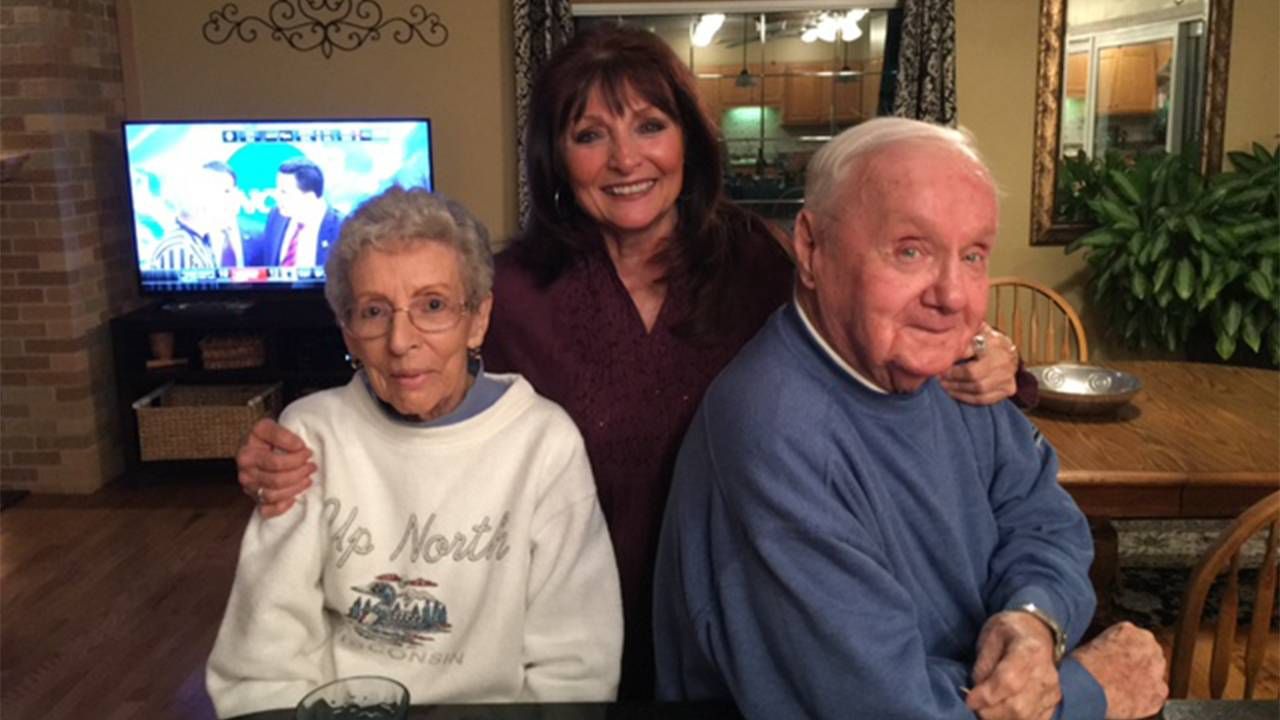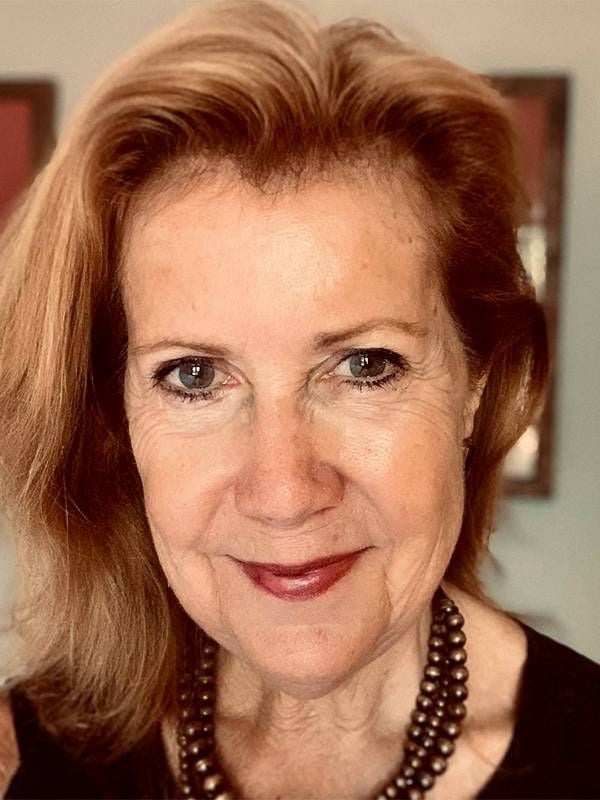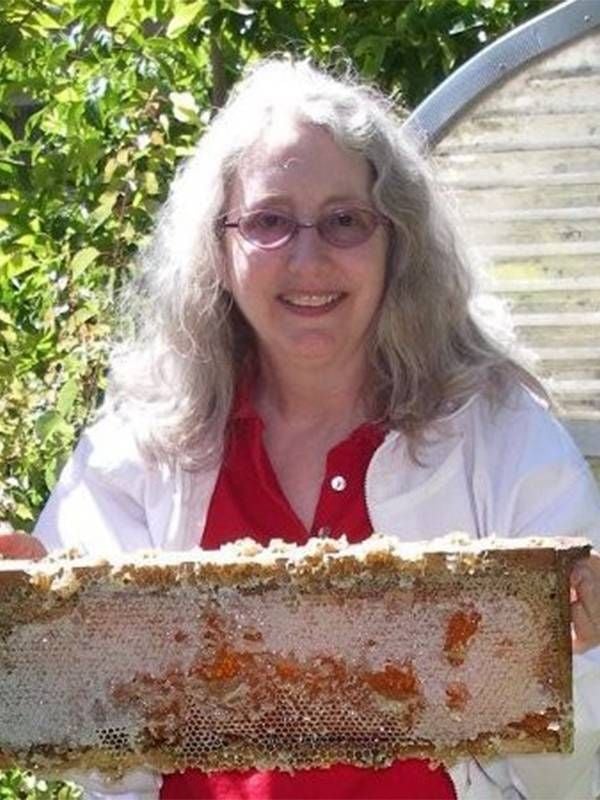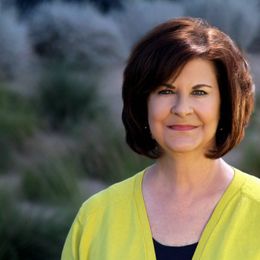How to Make Health Care Less Ageist
A Changing the Narrative campaign aims to reduce ageism by doctors, hospitals and medical staffers
Tere Dillard, of Decatur, Ill., has gotten used to taking her 89-year-old father Jim Lee to what she considers pointless tests ordered by his primary care doctor. One was a CT scan for mild dizziness. As caregiver for her dad and his wife Lenora, who's 88, it's not the only time Dillard has experienced what she calls "over-the-top tests."

"When I was in the initial appointment with him, I was surprised the doctor didn't look in his ears or listen to his heart," she says. "He basically asked him a couple of questions and then ordered a CT. And I feel like I have to take him when the doctor orders these tests even though I'm sure they're unnecessary because my dad's scared to death."
The same doctor ordered a CT scan for her mother when she complained of a sore throat — although he saw nothing wrong when he looked at her throat.
Ways Ageism Shows Up in Health Care
Dillard is tired of doctors overtreating her parents for what she believes are minor health issues. "I just feel sometimes doctors order tests because the patient is old, they're impressionable and the doctors know that Medicare will pay for it," she says.
"We know we live in an age of unconscious bias, and people who work in health care aren't immune to that."
Dillard's experience is just one form of rampant ageism in health care, something the Changing the Narrative initiative is trying to remedy through its Age Friendly Health Care Campaign. (Changing the Narrative is a partnership of NextFifty Initiative — a funder of Next Avenue — and Rose Community Foundation.)
"We know we live in an age of unconscious bias, and people who work in health care aren't immune to that," says Janine Vanderburg, founder and director for Changing the Narrative, which is focused on ending all manner of ageism.
Her new campaign aims to bring ageism in health care to the attention of those who need it most: older patients who experience it and the health care providers who interact with them.
Vandenburg has felt this ageism in health care personally.
During a recent pre-op appointment for cataract surgery, Vanderburg, 68, ignored the receptionist's elderspeak, calling her "dear." But she says she couldn't ignore the wording on the doctor's office form asking why she wanted better eyesight.

"The form options ranged from 'I want play to golf, to view scenery/take photographs, play cards, sew, do crossword puzzles, see car dashboard and watch movies,' but nowhere did it have an option for working," she recalls. "So, I crossed out 'view scenery/take photographs' and wrote in 'Working/Facilitating Training Sessions, Workshops."
When she pointed out the omission of working as an option, her doctor said, "Oh, we didn't think about that."
Age Discrimination in Health Care
A study in the Journal of Internal Medicine, Vanderburg notes, found that nearly a third of older adults said they frequently experience age discrimination from doctors or hospitals.
Over- and undertreating older patients, disrespecting or demeaning them, minimizing their symptoms, elderspeak and communicating with a family member instead of the patient are among the ways ageism is showing up in doctors' offices, urgent care centers and hospitals across the country.
Changing the Narrative and other researchers say ageism has serious impacts on older adults' health and on America's health care system.
Better communication with older patients is one way health care providers can begin to reduce ageist tendencies.
A 2018 study by Yale University Professor Becca R. Levy (a Next Avenue Influencer in Aging) and colleagues found that ageism in health care costs the U.S. $63 billion annually.
The number might be even higher today.
"During the pandemic, there were certainly issues that exacerbated ageism in health care, particularly in the long-term care setting — with the high number of deaths in the first months of the pandemic that were due, in part, to the inadequate protective equipment and inadequate protections given to the workers and the residents," Levy says.
Better communication with older patients is one way health care providers can begin to reduce ageist tendencies.
Alexis Kurland, 66, of El Cerrito, Calif., says she's often called "dear" by the nurse in her doctor's office. "I haven't worked up the nerve to ask her to stop using that term with me, so that's my fault. Yet, every time she says it, I cringe," Kurland says.
Levy says older adults often don't recognize ageism as a real threat to the care they're receiving.
Not Even Seeing the Ageism
"Part of the reason it's so insidious is that people don't even realize that they're experiencing it and they tend to blame it on themselves instead of discrimination or the larger systemic problem of not getting the best possible health care for older people," she notes.

Putting a positive spin on aging, however, can reap rewards. An earlier study by Levy and her peers found that people with a positive self-perception of aging lived, on average, 7.6 years longer than those with a negative view.
Both Levy and Vanderburg are hopeful for changes in health care ageism at the institutional and government levels.
Doing so, according to a recent Changing the Narrative webinar with experts Kris Geerken and Gilliane Lee, means — among other things — training those working in health care on implicit bias, including older people in clinical trials and exposing health care students to older adults during their professional training,
Levy concedes that these types of changes will probably be slow, however.
"Thinking of it in a big structural way is key," she says. "It's great for patients to advocate for themselves, but the hope is that hospital and office settings will give older people agency and voice."
Vanderburg believes older adults need to address health care ageism when it happens.
"We need to advocate for ourselves, and that's what we're training people to do," she says. "Fill out that patient survey, let the provider know they didn't listen or that there's a problem."
Let doctors and other medical staffers know how you'd like to be treated, Vanderburg adds. "After all, we are the leaders we're looking for," she says.


